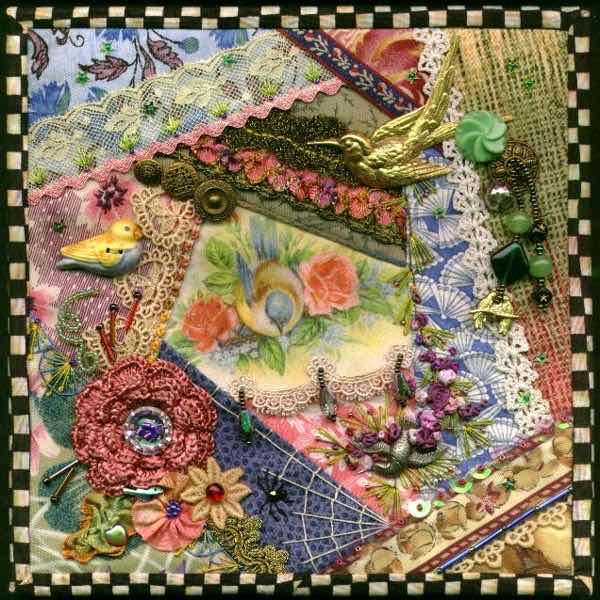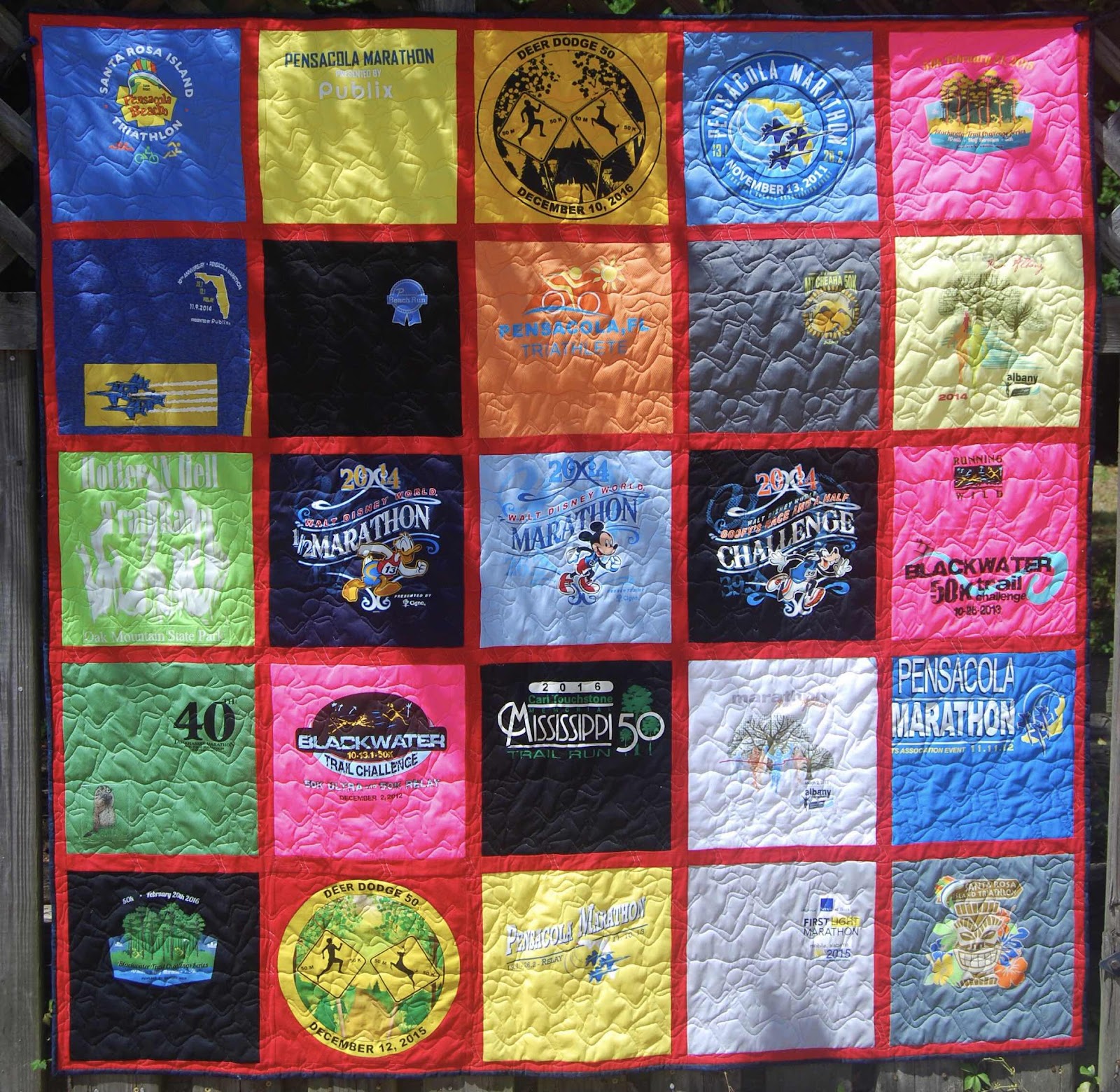The first known quilt to use the Mariner's Compass design was made in 1726 in England. It is unknown if this quilt from 1726 was even called a Mariner's Compass as it was documented with a date but not a name. Many other quilts of this general pattern have been made over the years but only since the mid twentieth century was the name, Mariner's Compass, commonly used. Mariner's Compass is the name quilters use to refer to star designs that radiate from the center of a circle as opposed to the star designs that grow from a square, like the Ohio Star. If you are going to call your design a Mariner's Compass it should have 16 or 32 points like the magnetic compass or legend on a map.




Paper piecing first became popular in the 18th and 19th centuries in England. It is sometimes referred to as English paper piecing because of its popularity in Britain. It is a method of hand sewing patchwork pieces. Originally pieces of scrap fabric or muslin were used as the shapes. Later, the use of paper board from cereal boxes became popular. Today, freezer paper is used as a template for creating quilt pieces that are all the same size, each with precise, sharp points and perfectly matched intersections. In addition, information such as color and fabric choices can be written on the paper in order to facilitate the construction of the pieces and leaving lesser room for error while sewing.
Printed paper piecing is the sewing of irregular shaped pieces together to form an appliqué piece. Printed tracing paper is used for the foundation. A short stitch length (e.g. 12 stitches per inch) is used when sewing the fabric to the paper which makes it easier to tear away the paper. The benefit to printed paper piecing is that tiny scraps too small for patchwork can be used to construct a piece large enough to handle. It is then attached with fusible web. There are too many seams for turned or raw edge.
Foundation piecing is identical to printed paper except that the pieces are sewn directly onto a fabric block. The blocks are then sewn together with or without sashing. Crazy quilts and T-shirt quilts are foundation pieced. A modern method of foundation piecing resembles mosaic and can be worked as a block or a large piece.
Carol Doak Foundation Paper $9.95
Carol Doak Foundation Paper $9.95
Or Tracing Paper
Flower Head Pins $10.99
Seam Creaser $2.69
Add-A-Quarter Ruler $12.99
Add-An-Eighth Ruler (for miniatures) $5.99
Travel Iron $9.99
Or Clover Mini Iron $26.49
Templates (optional) $4.99-20.99
OmniGrid Value Pack #2 (for squaring finished blocks) $24.99
Flower Head Pins $10.99
Seam Creaser $2.69
Add-A-Quarter Ruler $12.99
Add-An-Eighth Ruler (for miniatures) $5.99
Travel Iron $9.99
Or Clover Mini Iron $26.49
Templates (optional) $4.99-20.99
OmniGrid Value Pack #2 (for squaring finished blocks) $24.99



No comments:
Post a Comment